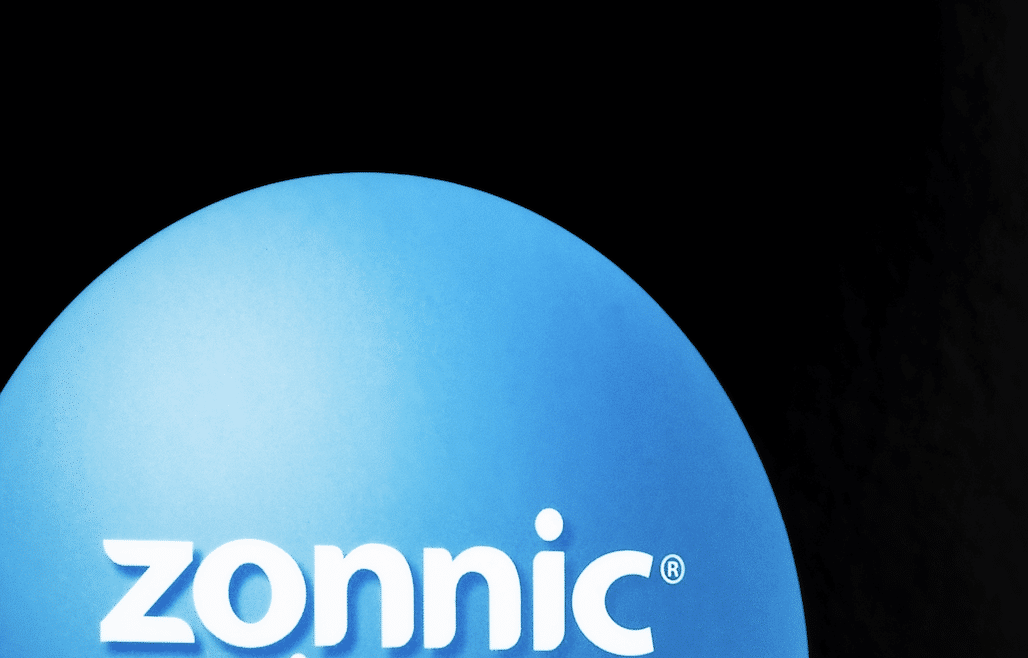Canada is supposedly organized on the principles of “peace, order and good government.” My country’s handling of nicotine pouches, an important harm reduction tool, suggests otherwise. Frankly, it’s been a fiasco. Most parties involved have made major mistakes, for which people who smoke will pay.
With tobacco harm reduction products in general, Canada has taken an approach that is decidedly mixed, but nowhere near as draconian as in other parts of the world. However, until July 2023, Health Canada took a very dim view of nicotine pouches.
Calling them “buccal pouches,” the government department’s website said that “unauthorized buccal pouches may pose serious health risks.” It recommended that nicotine pouches “should not be used by anyone.”
This was unjustifiable. Nicotine pouches contain nicotine, flavoring and preservatives, but no tobacco. They are placed in the mouth, and do not involve combustion or inhalation. They fall very low on the risk spectrum, similar to nicotine gum or lozenges. And they can help people quit smoking. Research has shown that nicotine pouches reduce smoking more than nicotine gum, and that people who smoke prefer nicotine pouches to gum.
Then, in July 2023, after almost two years of consideration, Health Canada for the first time authorized the sale of a brand of nicotine pouches as a smoking cessation tool: Zonnic.
While Health Canada warned, “Do not use if you are under 18,” there is no legal minimum age to purchase natural health products.
Health Canada had changed its tune. It now said that Zonnic “can help you quit smoking by delivering nicotine to your body, temporarily relieving cravings and nicotine withdrawal symptoms.” Cessation through Zonnic could happen “immediately or gradually,” it added. It even noted that while smoking cessation “is preferable,” Zonnic could be used to reduce the number of cigarettes you smoke, or for “when you need to temporarily refrain from smoking, for example, around others, in smoke-free areas, airplanes, or in other situations.”
Zonnic was classified as a “natural health product,” in the same legal category as nicotine replacement therapy (NRT). And while Health Canada warned, “Do not use if you are under 18,” there is no legal minimum age to purchase natural health products.
Zonnic is manufactured by Imperial Tobacco Canada (ITCAN), and after obtaining authorization, the company launched sales in October 2023. It described itself as “excited to launch a smoking cessation product.”
Accompanying Instagram posts showed videos of young adults enjoying the pouches while partying, dining out, dating and weightlifting. These videos were rapidly moved to an age-gated website, though stills from them are still being used on Instagram.
It was a strange marketing choice. The vast majority of Canadians who smoke are 35 and older, and smoking is most common in the 50-64 age cohort. Those over 50 are at the most acute risk of death from smoking-related diseases. Very few Instagram users are in that age group.
The reaction from certain public health groups was predictable.
The cancer organizaton did not mention that 30 percent of cancer deaths in Canada are caused by smoking, and that nicotine pouches are a proven way to quit.
The Canadian Cancer Society and five other health charities—Action on Smoking and Health, Canadian Lung Association, Coalition Québécoise Pour le Contrôle du Tabac, Heart and Stroke Foundation and Physicians for a Smoke-Free Canada—quickly signaled their outrage in coordinated press releases.
“Health Canada makes it legal for flavoured nicotine products from Imperial Tobacco to be sold to children,” declared the Canadian Cancer Society in a typical message.
That’s factually correct. But the cancer organizaton’s release made no mention of the fact that 30 percent of cancer deaths in Canada are caused by smoking, and that nicotine pouches are a proven way to quit.
The health charities demanded that health ministers either classify nicotine pouches as prescription-only products or suspend sales altogether, in addition to imposing a temporary ban on approval of any more pouches.
There was even a parliamentary petition to the same effect.
The media response to all that was even more predictable, along the lines of “save our kids!”
CTV, in one of the more restrained examples, recently asked: “Is your teen using nicotine pouches? In light of health concerns, we want to hear from you.” The network issued no such invitation to adults who had used nicotine pouches to avoid exponentially more serious health concerns.
A number of politicians then responded in the way we’ve come to expect. “We were duped,” claimed Minister of Health Mark Holland. “It would seem that their intention is to addict new young people to nicotine, which is disgusting,” he said of the manufacturers. “We want to shut down this loophole.”
“There was no loophole in the way Zonnic’s license was granted,” Eric Gagnon of ITCAN shot back in a February press release. “Health Canada did its due diligence and now Canadians who smoke have a new and effective way to quit.” He added that “there is no legal minimum age set for NRTs. That is the real problem.”
Claiming that “the company has gone above and beyond to ensure Zonnic is only marketed and sold to adults,” he concluded: “It is irresponsible for governments to target a legal product that smokers are finding an effective [way] to quit, simply because they dislike the inconvenient fact that the manufacturer is a tobacco company.”
Provinces moved to impose restrictions. From the start, Quebec only allowed the sale of Zonnic in pharmacies. In February, British Columbia followed suit, and removed Zonnic from convenience stores and other places where cigarettes are sold—successfully leaving dangerous products far more accessible than safer substitutes.
A banner read, “Help Hope Bloom.” In another world, this might have referred to hope for Canadians who smoke.
BC Premier David Eby made the announcement from a podium, displaying some Zonnic pouches and surrounded by daffodils, the symbol of the Canadian Cancer Society. A banner read, “Help Hope Bloom.”
In another world, this might have referred to hope for Canadians who smoke, thanks to the availability of a new, safe, legal and enjoyable nicotine alternative that would greatly reduce their risk of dying from cancer, as nearly 50,000 do each year.
Instead, the tagline on the podium was “Keeping Kids Safe.” Selling Zonnic only in pharmacies would prevent kids from accessing it, Eby suggested, without mentioning that it would also make the product less visible and less available to people who smoke.
Federal Health Minister Holland strongly supported BC’s new policy in an impassioned speech in March. “Stay the hell away from our kids,” he told tobacco companies. He plans national legislation to restrict the sale and advertising of Zonnic and other nicotine pouches.
Exact details are unclear, but one aspect of this legislation would be a ban on flavors deemed to attract youth. Zonnic is sold in three flavors: Chill mint, Berry Frost and Tropic Breeze. The entirely uncontroversial Nicorette brand of nicotine gum comes in five flavors: Spearmint, Extreme Chill Mint, Ultra Fresh Mint, Cinnamon and Fresh Fruit. Why the first set should be more appealing to children than the second beats me.
More pertinently, flavor options in tobacco harm reduction products help people quit smoking. Banning flavors in vapes or nicotine pouches makes it less likely they’ll quit and increases their chances of dying. It also encourages an entirely unregulated illicit market without product standards, public revenue from taxes or age restrictions.
So that’s where our fiasco now stands. Serious mistakes from all sides led us here.
If there’s any upside, it’s this: It has at least ensured that large numbers of Canadians who smoke have now heard of nicotine pouches for the first time.
Health Canada had almost two years during which it could have set a legal age limit for nicotine pouches had it wished to do so. But it didn’t.
ITCAN could easily have foreseen the reaction to marketing that appeared to portray Zonnic as a lifestyle product for young adults, given years of high-profile past examples. But it didn’t.
The health charities could have recognized that by far the most substantial health impact of nicotine pouches is improving the hearts, lungs and cancer risk of people who currently smoke. But they wouldn’t.
The media might have shown interest in the benefits for adults who smoke, rather than fueling the outcry around youth use. But alarmism sells.
And the health minister bowed to pressure from the health charities and media, and seems set on making it as hard as possible for people who smoke to access a very low-risk harm reduction alternative. He seems proud of it.
If there’s any upside to our unedifying national controversy, it’s this: It has at least ensured that large numbers of Canadians who smoke have now heard of nicotine pouches for the first time. But if they decide to switch despite all the noise, they’ll find it increasingly difficult to obtain products that might very well save their lives.
Photograph (cropped) by Ted Callander via Flickr/Creative Commons 2.0
The Influence Foundation, which operates Filter, has received unrestricted grants from Reynolds American, Inc., which, like Imperial Tobacco Canada, is a subsidiary of British American Tobacco. Filter‘s Editorial Independence Policy applies.





Show Comments